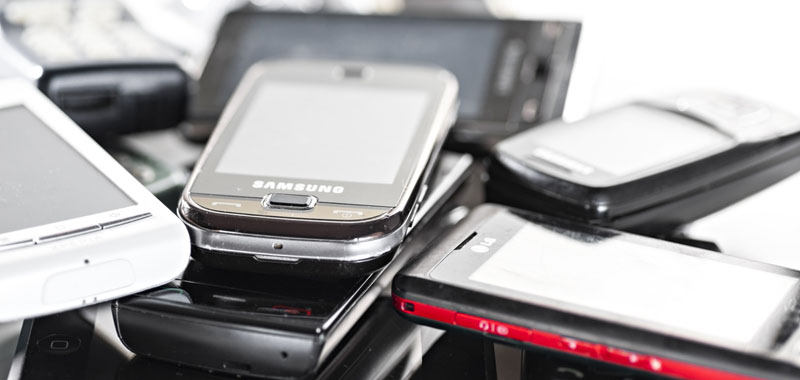Last month at the Bellagio Hotel in Las Vegas, 500-plus industry professionals convened at Mobile Disrupt 2022, the premier conference for the wireless mobility market. Drawing mobility and enterprise experts, this year’s event amplified two key industry trends – the white-hot secondary phone market, and the ever-evolving need for wireless and mobile device security.
Gauging from the buzz on the show floor, vendors exhibiting their products and services, as well as the panel discussions, the used, refurbished, and remanufactured handset market is exploding. According to an IDC report, experts believe 351-plus million used smartphones will hit the market in 2024. There are several reasons for this:
- Product lifecycles are getting longer.
- Customers in developing markets want affordable options.
- The rollout of 5G (and the subsequent upgrade factor) promises to unleash a flood of quality 4G devices onto the used market.
Today it has become mainstream for consumers to purchase a high-quality used device as their next phone instead of purchasing a new, $1,000-plus new phone.
Anticipating demand for “previously-owned” devices, retailers, etailers, carriers, and MVNOs have launched used phone sales and incentive programs to ensure a steady flow of supply. As a result, many companies are popping up to fill the void, including value added service providers such as repair, parts supply, packaging, insurance, cloud services, screen protection, extended warranty, data wiping, functional testing, and cosmetic restoration.
Another interesting development is the uptick in insurance programs, device financing, and extended warrantees – all growing in popularity. These services are all part of the sales cycle for the secondary market.
With the boom in used and refurbished phones comes the security implications. At the conference, Synchronoss was invited to join a panel discussion, titled: Wireless/Mobile Device Security.
Chris Hill, Chief Commercial Officer (CCO) here at Synchronoss was joined by executives from Efani, Scalefusion, Central Technologies, and vMOX to discuss the impact of data security, privacy, and the cloud.
As consumers increasingly rely on smartphones and devices to store vital information, such as contacts, photos, videos and most importantly, their digital experiences, losing their personal data and content during a trade-in or from theft, malware, or phone damage is unacceptable, and an absolute nightmare to navigate.
Threats such as mobile malware continue to grow year-over-year, including the number of new variants which increased by 54% in 2019. There are approximately 24,000 malicious apps blocked every day. It only takes one to wreck your digital world.
Hill cited certain precautions and considerations before a device is traded, returned, sold privately, or given away. During the discussion, he underscored the need to synchronize the device to the cloud. “Most carriers and their reseller partners offer personal cloud solutions to achieve this,” Hill added. Once complete, the content will be ready to be moved to the next (used or new) device.
Another crucial step to reduce the risk of data loss is wiping the device before discarding it. Each mobile operating system has a process and there are many different backup and content protection options.
Adding to that, Hill also pointed to the privacy and security concerns with many over-the-top (OTT) providers and how your data is used. “This is why so many consumers are turning to carriers, services providers, and device protection companies to ensure and certify that their device trade-ins are ready for the secondary market, without risk.

